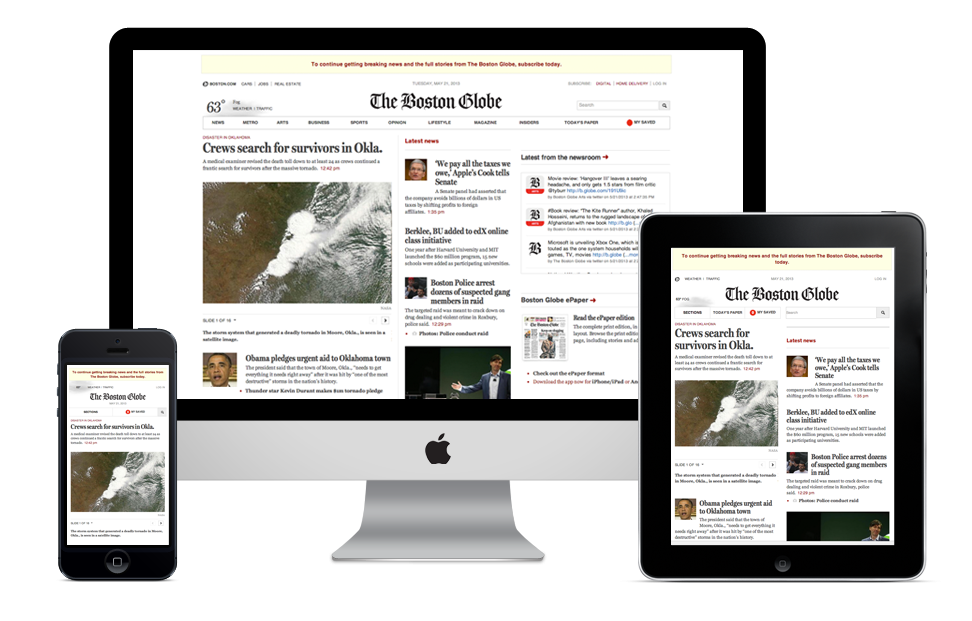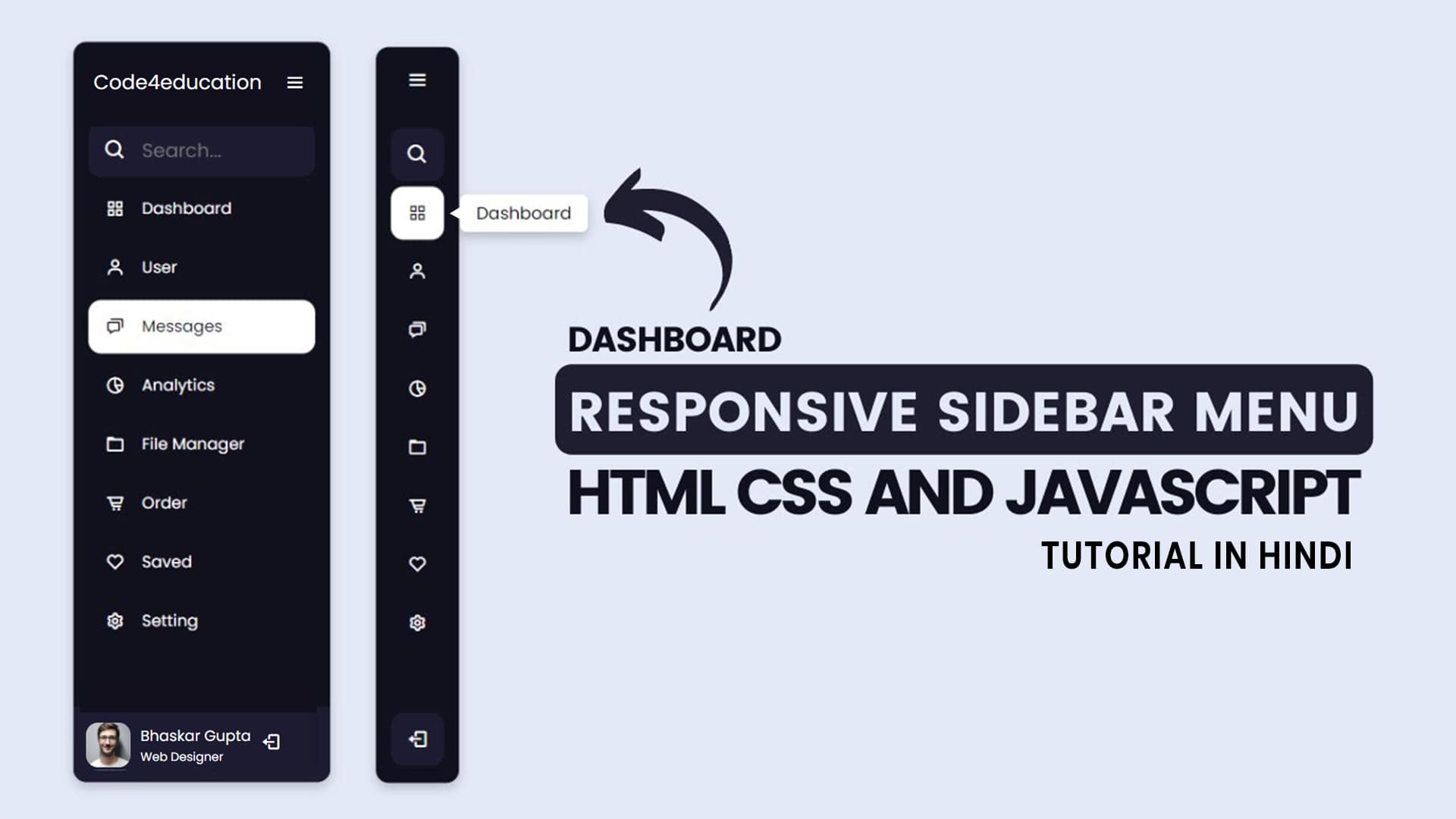


Fails on screens any smaller or larger than the original design.Has fixed width and sits in the center of the screen.What characteristics are shared between layouts? What is different?.Take note of oberservations between each of the layouts and how they function between difference screen sizes.In the top right corner, there is a dropdown for which layout you’d like to use: You and a partner will explore the four primary page layout types Liquidapsive. Page Layout refers to the arrangement and sizing of visual elements on a web page. In this session, we’ll be diving into responsive page layouts and using media queries to control your page content at all screen sizes.
#CSS RESPONSIVE LAYOUT HOW TO#
Our products lives online, so as developers it’s our responsibility to make sure that no matter how a user accesses our products, they are able to use them successfully.Ī general understanding of responsive website design, how to use media queries, and when to add breakpoints so your page layout resizes nicely is a critical skill to have. In 2019, 53% of web traffic worldwide is generated by mobile devices. Viewport Meta Tag An HTML tag that is used to describe attributes that affect how the page is displayed.Breakpoint The specific amounts that media queries reference.Media Query A CSS feature that makes it possible to apply styling based on boolean logic.Examples are static, liquid, adaptive, and responsive Page Layout - The size and positioning of elements on a page.Apply media queries and explain how they provide the behavior they do.

Define the four page layout types and explain benefits and drawbacks of each.


 0 kommentar(er)
0 kommentar(er)
